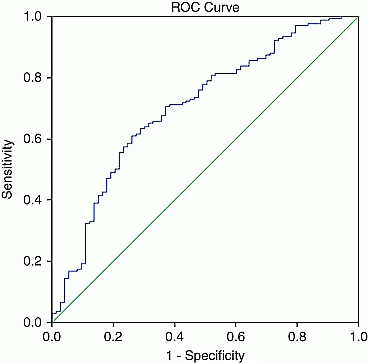ICCBH2015 Oral Posters (1) (12 abstracts)
A non-invasive method for screening vitamin D insufficiency for adolescents using skin colourimetry
Tsz Ping Lam 1, , Wayne Y W Lee 1, , Franco T F Cheung 1, , Echo K L Tsang 1, , Lyn L N Wong 1, , Simon K M Lee 2, , Bobby K W Ng 1, & Jack C Y Cheng 1,
1Department of Orthopaedics and Traumatology, The Chinese University of Hong Kong, Hong Kong, Hong Kong; 2Lee Hysan Clinical Research Laboratories, The Chinese University of Hong Kong, Hong Kong, Hong Kong; 3Joint Scoliosis Research Center of the Chinese University of Hong Kong and Nanjing University, Hong Kong, Hong Kong.
Introduction: Effective screening for vitamin D (Vit-D) insufficiency is desirable. Pigmentation of unexposed (constitutive) skin and exposed (facultative) skin can be measured with skin colourimetry to assess dermal capability in synthesizing Vit-D and degree of sunlight exposure respectively. This study aimed at evaluating whether skin colourimetry could be used to screen Vit-D insufficiency among adolescents.
Methods: 240 healthy adolescents (mean age=14.5 years) were recruited. Serum 25 (OH) Vit-D was assayed, skin pigmentation (in ITA, or individual typology angle) was measured with Konica-Minolta CM-2300d Skin Colourimeter and dietary Vit-D intake was evaluated. Multivariate linear and logistic regression models were used for analysis.
Results: The most significant constitutive and facultative skin locations were the non-dominant instep (P=0.021) and the non-dominant dorsum of hand (P=0.008) respectively. Logistic regression analysis showed ITA (instep) and ITA (dorsum) were significant factors for predicting Vit-D insufficiency (P=0.001) yielding the following predictive equation:
Log (Pred/(1-Pred))=0.072(ITA(dorsum)) – 0.095(ITA(instep)) – 0.09(season) – 0.297(gender) – 0.005(BMI) – 0.29 (age)+8.055.
The ROC curve (Figure 1) gave an area under curve (AUC) of 0.70 (95% CI: 0.63–0.78) with sensitivity of 0.80 and specificity of 0.48 at a predicted probability cut-off of 0.61.
Subgroup analysis for females with dietary Vit-D intake<400 IU per day gave an even better ROC curve with AUC of 0.80 (95% CI: 0.69–0.91), sensitivity of 0.81 and specificity of 0.71 at a predicted probability cut-off of 0.74.
Conclusion: This study gave strong evidences that skin colourimetry could be applied for screening Vit-D insufficiency. ITA could be measured swiftly and the results indicating the likelihood of Vit-D insufficiency could be obtained. This study carries significant clinical impacts in that individual awareness and early detection of the condition at its asymptomatic stage can be achieved thus helping to tackle the epidemic of Vit-D insufficiency in the general population.
This study is supported by CUHK Direct Grant (2011.1.049)
Disclosure: The authors declared no competing interests.

Fig 1




